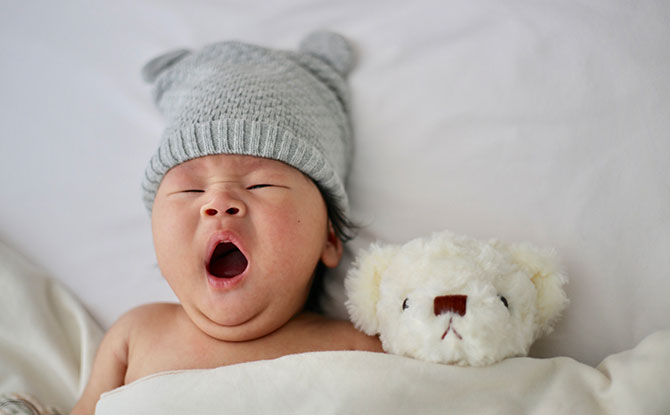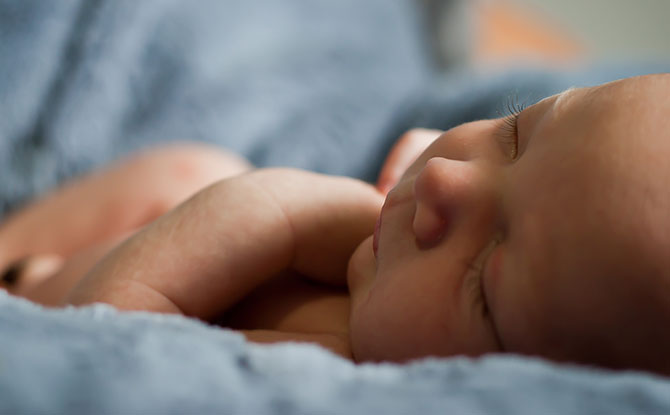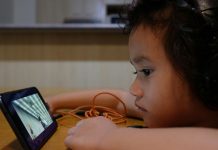
Sleep. It is a precious commodity for parents and children alike. For parents looking to improve the entire family’s quality of sleep, it’s time to consider sleep training your child.
With my first son, I didn’t sleep train him until he was 5 months old. At that point, he only knew how to fall asleep in my arms with a pacifier. After one horrible night, where he woke up every 15 minutes because the pacifier kept falling out of his mouth, I knew he (we) needed help.
The central goal of sleep training is to teach your child how to put themselves to sleep. What does that mean? It means that your baby doesn’t need patting, rocking, pacifiers, or any other sleep crutches that he/she cannot sustain independently.
There are three main sleep training philosophies with varying degrees of gentleness and tears.
FREE FOR LITTLE DAY OUT PARENTS: Sign Up for a Free Trial with ACT 3 Academy to Find Out If Drama Classes are Right for Your Child
Easter Egg Hunts: Fun For Kids & Families
As a parent, you decide which one works best for you and your child. Every child has his/her own personality and preference on how to be taught.
As you read through the following options, use your mummy’s intuition to choose how you would like to proceed. Also, be sure to check with your child’s paediatrician first before starting.
Sleep Training Approaches
Cry-it-out
Premise: You must give your child space to learn how to soothe himself. In order to do that, you must allow him to cry over extended periods of time until he soothes himself and/or falls asleep.
Marc Weissbluth’s extinction method is widely referred to in this category. He underlines the importance of a consistent schedule, putting your child down before he becomes over-tired, and letting him cry until he falls asleep with no parental intervention.
Recommended age to start: From birth. Weissbluth recommends reading his book during pregnancy to start healthy sleep habits at the very start. This doesn’t mean you will allow your 5 day old to cry endlessly. Instead, he aims to prevent any bad sleep habits from forming to make training easier when baby gets older.
The book has designated chapters and strategies for children of all ages (from 1 month all the way to 7 years old).
Recommended Reading: Healthy Sleep Habits, Happy Child by Marc Weissbluth (1999)
Feels like: Ripping off a bandaid
Controlled Crying Sleep Training (aka Ferberising)
Premise: You give your child space to learn how to soothe himself, but with boundaries. The idea is to minimise (but not eliminate) baby stress, and optimize opportunity for baby to learn how to self soothe.
The most popular method within this school is by Richard Ferber. Most people call this method “Ferberising”.
You put baby down while he’s awake (this is important) and leave him for gradually increasing intervals of time. At the scheduled intervals, you can verbally console baby and gently pat him for a couple of minutes, but you are strictly prohibited from picking him up or patting him to sleep.
Recommended age to start: 3 to 5 months (A note on age – if your child was born premature, take that into consideration when deciding when to start training. For example, if your child was born 1 month early, tack on an extra month to the age recommendations.)
For parents who want to gently train their babies in the newborn stage, you can refer to Natalie Willes who recommends following the eat-wake-sleep cycle. The idea is to feed your child immediately after he wakes up, play with him during his alert time, and put him down to sleep without the help of feeding.
Recommended reading:
Richard Ferber, M.D., Solve Your Child’s Sleep Problems: New, Revised and Expanded Edition (Fireside, 2006)
Natalie Willes
The Eat-Wake-Sleep Cycle
How Do I Put My Newborn on a Sleep Schedule
Feels like: Slowly peeling off a bandaid
No Cry Method
Premise: You stay by your baby’s side and make sure he learns how to fall asleep in a safe environment. The goal is to eliminate any stress on baby by making sleep an enjoyable activity and promoting a closer bond with the parent.
One method is Kim West’s “Shuffle” approach (others call it the “chair” method). Parents stay in the room to comfort their child to sleep through patting and vocal reassurance (no lifting up). Each night, they shuffle further away from the crib until they are no longer needed in the room.
Recommended age to start: 4.5 to 6 months
Another method is Elizabeth’s Pantley’s No-Cry solution.
This involves making a detailed log of your baby’s pre-existing schedule to assess the best plan for him. As the parent becomes more attuned to baby’s sounds and habits, mummy and daddy can begin to come up with ideas to help baby fall asleep on his own without crying.
If you don’t like strict rules, limits, and tears, this is a good option for you. Pantley provides general guidelines and allows parents to make the final decision on what sleep habits they would like their babies to keep or kick.
Recommended age to start: From birth. Why? To build good habits and make the actual “training” part easier when baby is 4 months old.
Recommended reading:
The No-Cry Sleep Solution – Elizabeth Pantley
The Sleep Lady’s Good Night Sleep Tight – Kim West
Feels like: Watching water boil on low heat
Regardless of the plan you choose, the key is consistency. It is not easy, but it is well worth the investment. After sleep training my tot, he began sleeping through the night for 12 hours -EVERY NIGHT. He also became more cheerful from the regular sleep and so did I!
All the best with sleep training your child!


















